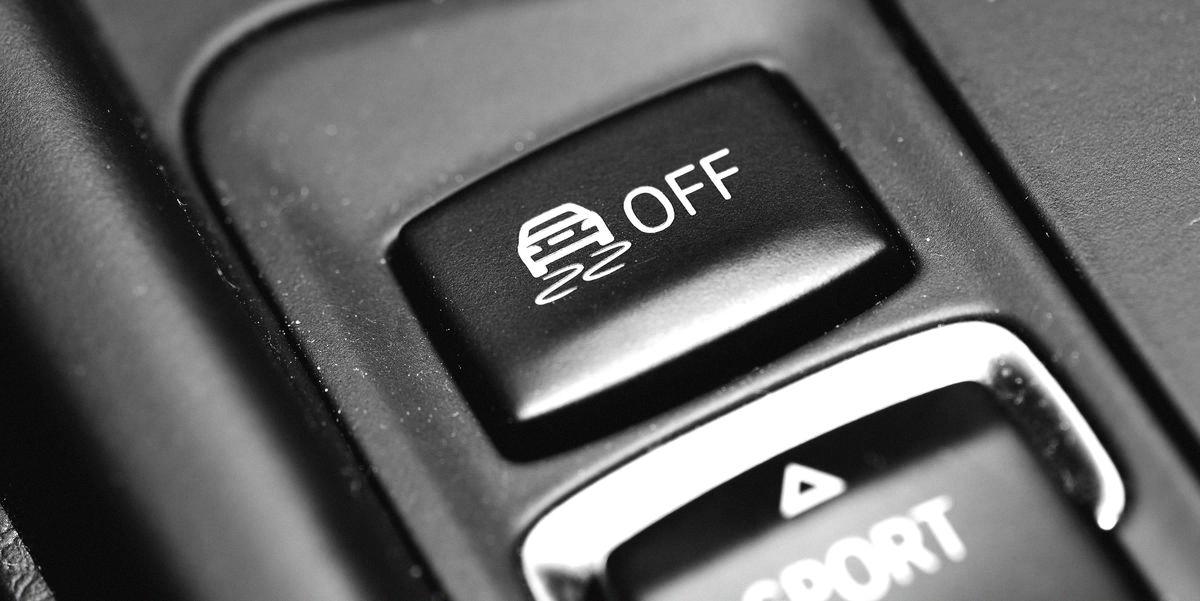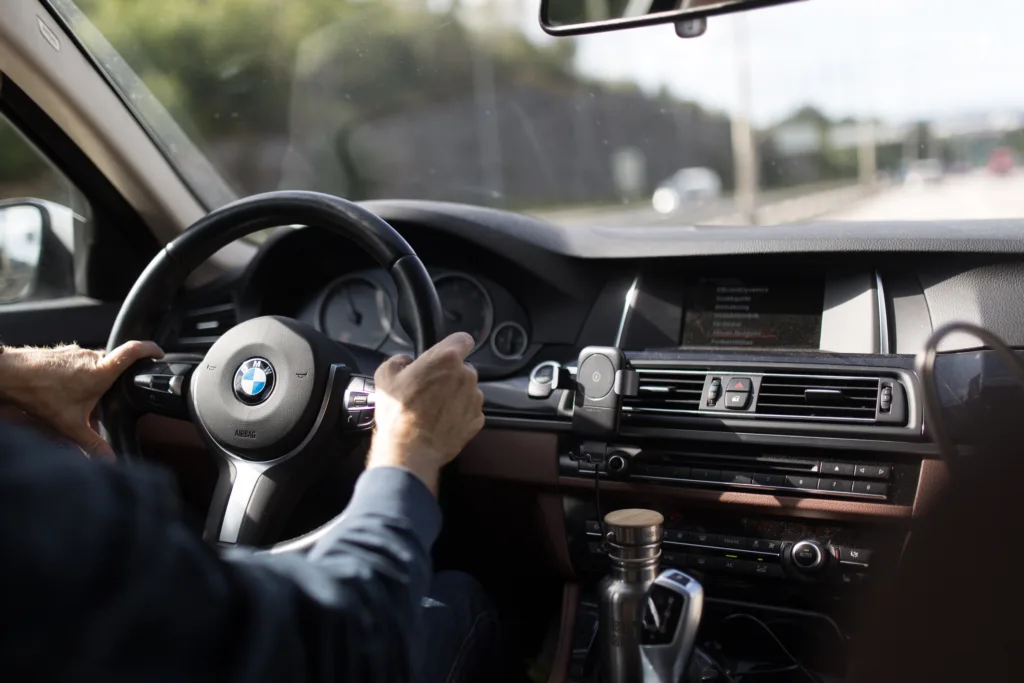In modern vehicles, traction control is a common safety feature that helps to prevent accidents caused by loss of control due to wheel spin. It is a system that is designed to monitor the speed of each wheel, and when it detects that one or more wheels are slipping or losing traction, it will automatically reduce engine power and apply the brakes to prevent the vehicle from spinning out of control.
Traction control is a fundamental safety feature that can keep your car from slipping and sliding in wet driving conditions. It is especially useful when driving in slippery conditions, such as when it is raining or snowing. In these conditions, the road surface can be very slippery, and it can be difficult to maintain control of the vehicle. Traction control can help to keep the vehicle stable and prevent it from losing control.
However, there are situations where you may need to turn off traction control. For example, when traveling up a steep icy hill, or when tying to get unstuck from snow/mud, reduced power may end up in the vehicle getting stuck. When attempting to travel through deep snow or mud, the traction control system may interfere with the vehicle’s ability to move forward. In these situations, it may be necessary to turn off traction control to allow the wheels to spin freely and gain traction.
When traction control is disabled, you’ll have to control tire slippage the old-fashioned way: by lifting off the accelerator. It is important to note that turning off traction control should only be done in specific situations, and it should be turned back on as soon as possible to maintain safety.
In some cases, the warning light may come on because wheel-speed sensors are covered with road grime or debris. If this happens, it is important to clean the sensors to prevent the traction control system from malfunctioning.
Traction control is an important safety feature that can help to prevent accidents caused by loss of control due to wheel spin. It should be turned on when driving in slippery conditions, but it may need to be turned off in specific situations, such as when traveling up a steep icy hill or trying to get unstuck from snow/mud. However, it is important to remember that turning off traction control should only be done in specific situations and it should be turned back on as soon as possible to maintain safety.
Is It OK To Drive With Traction Control Off?
It is generally not recommended to drive with traction control off during normal road driving. Traction control is a safety feature designed to prevent a loss of control in situations where the wheels may lose traction, such as driving on wet or slippery surfaces.
Turning off traction control can increase the risk of losing control of the vehicle, especally in adverse weather conditions. The system is designed to act quickly to prevent a loss of control, far faster than the driver is able to react.
However, there may be certain situations where turning off traction control is necessary or desirable, such as when driving on off-road terrain or in motorsports. In these cases, it is important to have a good understanding of the vehicle’s capabilities and to take appropriate precautions to ensure safety.
While it may be tempting to turn off traction control for a more “sporty” driving experience, it is generally safer to leave the system on during normal road driving to help prevent a loss of control and ensure a safe driving experience.

Why Would I Turn Off Traction Control?
Traction control is a safety feature that helps prevent the wheels from spinning in slippery conditions. However, there are certain situations where turning off traction control may be necessary. Here are a few examples:
– When driving on a steep icy hill: In this scenario, the reduced power from traction control may cause the vehicle to lose momentum and get stuck. By turning off traction control, the wheels can spin freely and provide the necessary power to climb the hill.
– When trying to get unstuck from snow/mud: Traction control may prevent the wheels from spinning and digging deeper into the snow/mud when trying to get unstuck. By turning off traction control, the wheels can spin freely and provide the necessary power to get out of the situation.
– When driving through deep snow/mud: Traction control may reduce power to the wheels, causing the vehicle to get stuck in deep snow/mud. By turning off traction control, the wheels can spin freely and provide the necessary power to navigate through the difficult terrain.
It’s important to note that turning off traction control should only be done in tese specific situations and should be turned back on once the situation has been resolved. In normal driving conditions, traction control should always be left on to ensure maximum safety and stability on the road.
What Happens If Traction Control Is Off?
When traction control is turned off, your vehicle’s electronic stability control (ESC) system, which is responsible for maintaining traction and stability, is also disabled. This means that your vehicle’s tires may lose traction on slippery or uneven surfaces, increasing the risk of skidding or spinning out of control. To prevent this from happening, you will need to manually control the throttle and apply the brakes as needed to maintain traction and stability. It’s important to note that turning off traction control can be dangerous and is not recommended unless you are an experienced driver who knws how to handle a skid or slide. Additionally, it’s important to keep in mind that the warning light may come on if the wheel-speed sensors are covered with road grime or debris, which can affect the accuracy of the traction control system.
When Should I Use Traction Control?
Traction control is a safety feature that is designed to prevent your car from slipping and sliding on wet roads. It works by reducing the power to the wheels when they lose traction, which helps to maintain control of the vehicle. Therefore, it is recommended to turn on the traction control system when you know that the road conditions are slippery or wet. By doing so, you can ensure that your car stays on the road and avoid accidents.
However, there are certain situations where you may want to turn off the traction control system. For example, if you are driving on an icy hill or tying to get your car out of sand or mud, the traction control system may actually hinder your efforts. In such cases, it is best to turn off the traction control system to give yourself more control over the vehicle.
It is advisable to turn on the traction control system in wet driving conditions to avoid slipping and sliding. However, it should be turned off in situations where it may hinder your efforts to gain traction, such as when trying to get out of sand or mud.

Conclusion
Traction control is a vital safety feature that helps prevent accidents by keeping your vehicle stable and in control on slippery roads. It is recommended that you leave it on at all times during normal driving conditions, as it can react far faster than the human reflexes in case of an emergency. However, in certain situations such as when driving up a steep icy hill or attempting to get unstuck from mud or snow, disabling traction control may be necessary. It’s important to keep in mind that when traction control is off, you’ll have to manually control tire slippage by lifting off the accelerator. Always make sure to turn it back on when you’re back on safe driving conditions. understanding how traction control works and when to use it can greatly contribute to your safety and the safety of ohers on the road.
